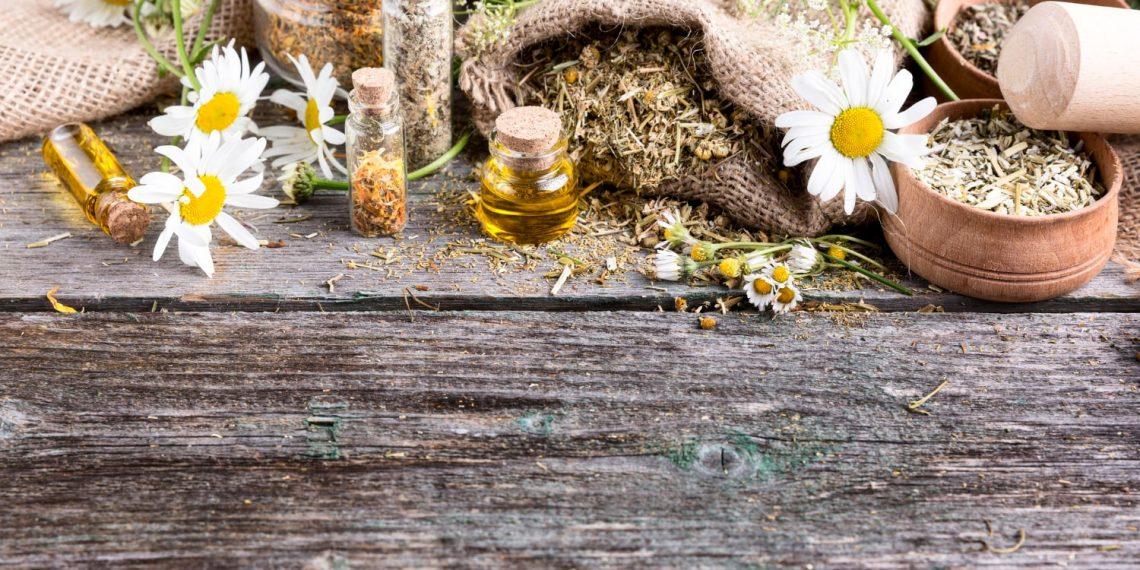Overactive bladder remedies can truly change your life. If you’re one of the millions dealing with the constant urge to urinate, you know how disruptive it can be. You’re not alone, and the right solutions can help you regain control over your daily routine.
Understanding Overactive Bladder
An overactive bladder (OAB) is more than just needing to go to the bathroom frequently. It’s that nagging urgency that can hit you at the most inconvenient moments. This condition can lead to feelings of embarrassment and anxiety, affecting your social life and mental well-being. Understanding OAB is the first step toward treatment, and finding remedies that work for you is crucial for reclaiming your comfort and confidence.
Contents
1. Behavioral Modifications
Let’s start with the basics: sometimes, changing your habits can make a world of difference. Here are a few behavioral modifications that can help:
-
Bladder Training: Gradually increase the time between bathroom visits. Start by waiting 15-30 minutes longer than usual. This can help your bladder learn to hold more urine.
-
Scheduled Bathroom Breaks: Set specific times to use the restroom. This not only reduces urgency but can also help condition your bladder over time.
-
Fluid Management: Pay attention to your fluid intake. While hydration is important, too much liquid—especially before bed—can exacerbate your symptoms. Aim for balanced hydration throughout the day.
2. Dietary Changes
Your diet plays a significant role in how your bladder functions. Some foods and drinks can irritate your bladder, while others can support its health.
-
Identify Triggers: Keep a food diary to track what you eat and how it affects your bladder. Common irritants include caffeine, alcohol, spicy foods, and artificial sweeteners.
-
Stay Hydrated: Drinking enough water helps dilute your urine, reducing irritation. Aim for about 6-8 cups a day, adjusted based on your activity level and climate.
-
Incorporate Bladder-Friendly Foods: Foods rich in fiber, such as fruits, vegetables, and whole grains, can help maintain bowel health, which is crucial since constipation can worsen OAB symptoms.
3. Pelvic Floor Exercises
Strengthening your pelvic floor can work wonders for bladder control. Here’s how you can get started:
-
Kegel Exercises: These exercises involve tightening and relaxing the muscles that control urination. Try holding the contraction for five seconds and then relaxing for five seconds. Aim for three sets of 10-15 repetitions daily.
-
Yoga and Pilates: These practices not only strengthen your core but also enhance your pelvic floor muscles. Look for classes that focus on pelvic alignment and strength.
-
Physical Therapy: A specialized pelvic floor physical therapist can tailor exercises to your needs, helping you build strength and confidence.
4. Natural Remedies
Sometimes, nature has the best answers. Consider these natural remedies that may help alleviate your symptoms:
-
Pumpkin Seed Extract: Known for its benefits in supporting bladder health, pumpkin seed extract may help reduce urgency and frequency.
-
Saw Palmetto: Often used for prostate health, this herbal remedy may also benefit women by improving urinary function.
-
Magnesium: This mineral plays a role in muscle function and can help manage bladder spasms. Incorporate magnesium-rich foods like nuts, seeds, and leafy greens into your diet.
5. Medications
In some cases, medications may be necessary to manage symptoms. Always consult your healthcare provider before starting any new treatment. Popular options include:
-
Anticholinergics: These medications can help relax the bladder and reduce urgency.
-
Beta-3 Agonists: This newer class of drugs can help relax the bladder muscle and increase its capacity.
-
Topical Estrogen: For postmenopausal women, topical estrogen can help restore vaginal and urinary tract health, potentially improving symptoms.
6. Bladder Control Devices
If you’re looking for physical solutions, consider bladder control devices. These can provide support and confidence:
-
Absorbent Pads or Liners: Designed to be discreet, these products can help you feel secure during daily activities.
-
Pessaries: These devices are inserted into the vagina to support pelvic organs and can help manage OAB symptoms.
-
External Catheters: For severe cases, an external catheter can provide a comfortable solution for managing urinary incontinence.
7. Mindfulness and Stress Management
Stress can significantly impact bladder function. Incorporating mindfulness practices can help you regain control:
-
Meditation: Regular meditation can reduce anxiety and help you feel more in control of your body.
-
Deep Breathing Exercises: Practice deep breathing to relax your pelvic floor and reduce urgency. Inhale deeply through your nose, hold for a few seconds, and exhale slowly through your mouth.
-
Cognitive Behavioral Therapy (CBT): If anxiety is a significant factor, working with a therapist can help you develop coping strategies and reduce stress.
Bottom Line
You don’t have to live with the constant discomfort of an overactive bladder. From dietary changes and behavioral modifications to natural remedies and medical treatments, there are plenty of options available.
Start with small steps and discover what works best for your body. Your journey to reclaiming control over your bladder starts today.
Want to learn more? Explore credible resources like the Urology Care Foundation or the Mayo Clinic for expert insights and support.
FAQs
How can I tell if I have OAB?
If you frequently feel the urge to urinate, experience urinary incontinence, or wake up multiple times at night to urinate, it’s best to consult a healthcare provider.
Are there lifestyle changes that can help?
Absolutely! Modifying your diet, staying hydrated, and practicing pelvic floor exercises can significantly improve symptoms.
When should I see a doctor?
If your symptoms interfere with your daily life or worsen over time, make an appointment to discuss your options with a healthcare professional.
Your journey to relief is just beginning. Embrace the possibilities!
Get Your FREE Natural Health Guide!
Subscribe now and receive our exclusive ebook packed with natural health tips, practical wellness advice, and easy lifestyle changes — delivered straight to your inbox.
















